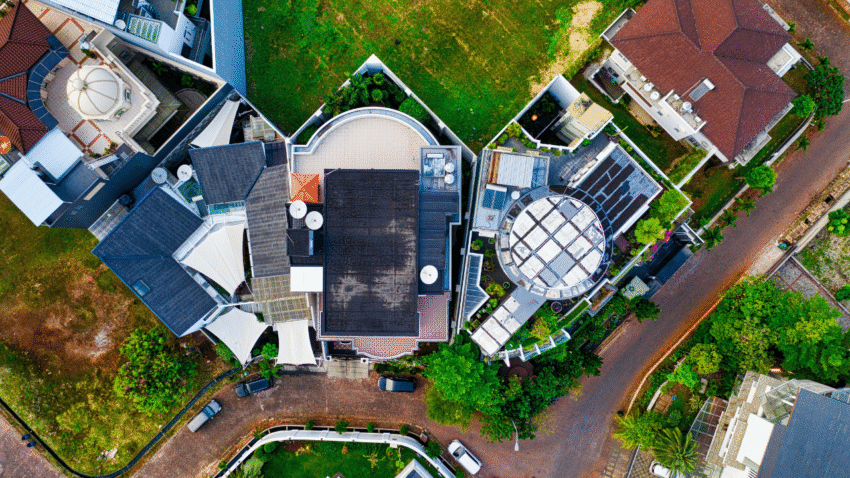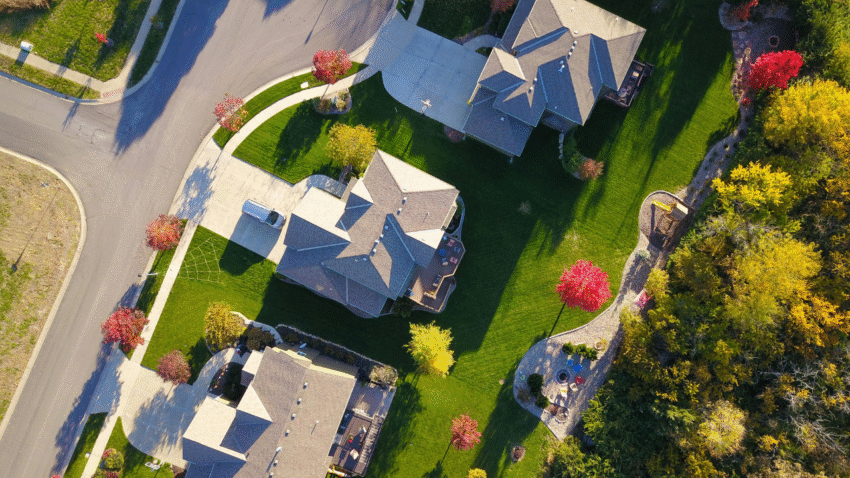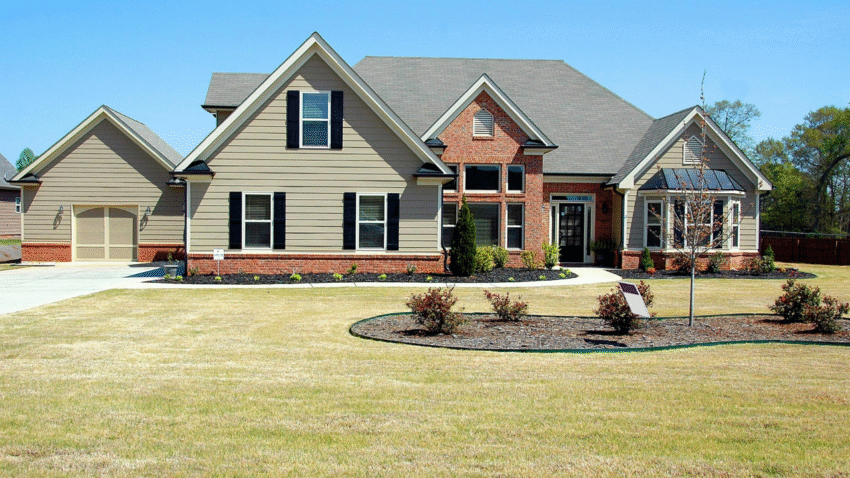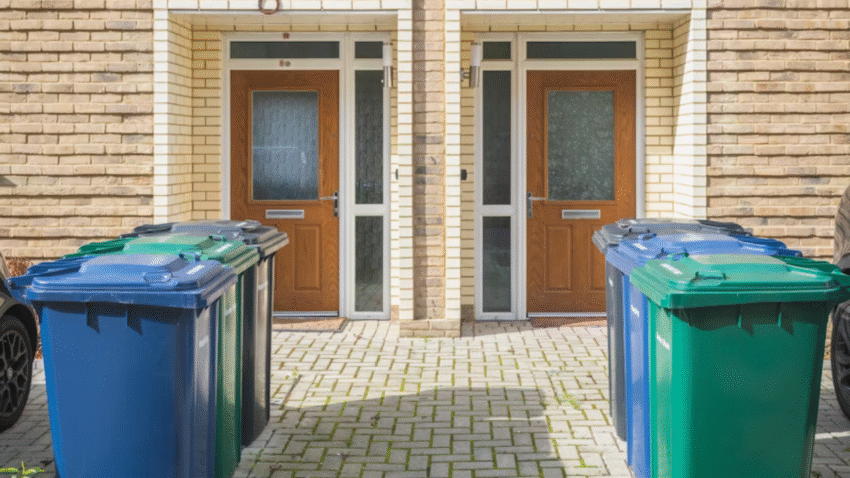Introduction Stamped concrete driveways are popular because they combine durability with style. With patterns that mimic stone, brick, or tile, stamped concrete adds instant curb appeal. But like any surface, stamped driveways are vulnerable to chips and cracks caused by weather, heavy vehicles, or freeze-thaw cycles. If ignored, these small blemishes can quickly worsen and…
Category: Repairs & Resurfacing

How to smooth out rough asphalt driveway patches
Introduction Asphalt driveways are designed to provide a smooth, durable surface, but sometimes repairs or patch jobs leave behind rough, uneven spots. These patches not only look unattractive but can also collect water, cause premature wear, and even damage tires. Smoothing out rough asphalt driveway patches ensures a clean, uniform surface that restores both appearance…

How to replace a section of concrete driveway
Introduction Concrete driveways are known for their durability, but even the strongest surfaces can develop cracks, crumbling sections, or sunken areas over time. Sometimes, spot repairs like crack filling or patching aren’t enough—replacing a damaged section of concrete is the best solution. Frustrated with unsightly cracks or broken slabs making your driveway unsafe? This guide…

How to fix expansion joint damage in a driveway
Introduction Expansion joints are an important part of any concrete driveway. They’re the narrow gaps filled with flexible material that allow concrete to expand and contract with temperature changes. Without them, your driveway would crack under pressure. Over time, however, these joints can deteriorate—filler material wears away, water seeps in, weeds grow, and the edges…

How to re-level uneven driveway pavers
Introduction Over time, even the best-installed paver driveway can develop uneven sections. Shifting soil, heavy vehicle traffic, poor drainage, or freeze-thaw cycles often cause pavers to sink, rise, or tilt. An uneven driveway isn’t just unattractive—it can create tripping hazards and damage vehicles. Tired of your pavers looking bumpy and uneven? This guide will walk…

How to repair a driveway damaged by tree roots
Introduction Tree roots are powerful forces of nature. While trees provide shade and beauty, their roots often grow beneath driveways in search of water and nutrients. Over time, these roots can lift, crack, and buckle concrete or asphalt surfaces. The result is a dangerous, uneven, and unattractive driveway. The good news? With the right approach,…

How to patch holes in a gravel driveway
Introduction Gravel driveways are durable, affordable, and attractive—but they’re not immune to wear and tear. Over time, vehicle traffic, rain, and erosion can cause dips and potholes to form. If left unrepaired, these holes grow larger, damage vehicles, and make your driveway unsafe. Luckily, with a few basic tools and the right technique, you can…

How to fix a crumbling driveway edge
Introduction The edges of a driveway are often the first areas to show signs of damage. Whether caused by heavy vehicles, water runoff, or encroaching grass and soil, a crumbling driveway edge can make your entire driveway look neglected. Worse, if left untreated, the damage can spread across the surface and lead to costly repairs….

How to repair frost damage on a driveway
Introduction Winter’s freeze-thaw cycle can be brutal on driveways. When water seeps into small cracks, freezes, and expands, it weakens the surface, creating larger cracks, chips, and potholes over time. This damage is known as frost damage and is one of the leading causes of driveway deterioration in colder climates. The good news? With the…

How to resurface an old asphalt driveway
Introduction Over time, asphalt driveways naturally show signs of wear. Cracks, potholes, fading, and rough textures can make even the strongest asphalt look old and neglected. If your driveway looks like it’s past its prime, resurfacing may be the solution. This process restores a smooth, blacktop finish without the cost of a full replacement. In…

How to remove and replace damaged concrete slabs
Introduction Is your driveway dotted with cracked, sunken, or broken concrete slabs? Over time, heavy vehicles, freeze-thaw cycles, and shifting soil can damage concrete, leaving your driveway unsafe and unattractive. Learning how to remove and replace damaged concrete slabs will restore both safety and curb appeal while extending the life of your driveway. This guide…

How to fix drainage problems in a driveway
Introduction Does your driveway collect puddles, develop cracks, or wash out after heavy rain? Poor drainage is a common issue that can damage asphalt, concrete, and paver driveways while creating safety hazards. Learning how to fix drainage problems in a driveway will protect your property from water damage, extend the life of your driveway, and…
